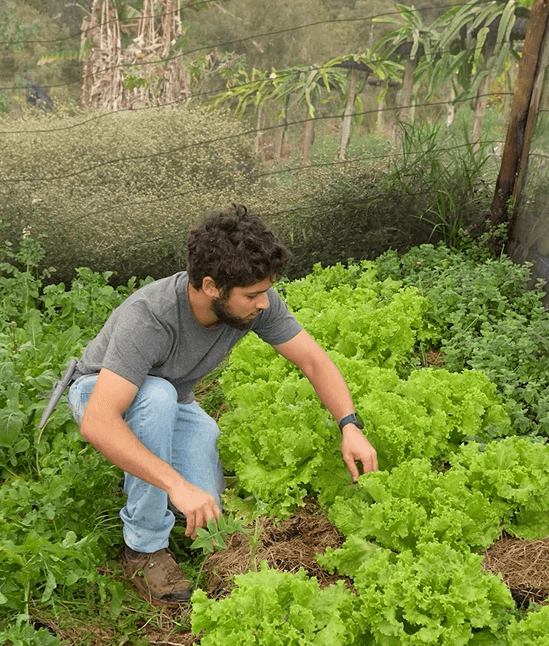The story of Nova Lima in Brazil
Brazil’s school feeding program, the second largest and oldest in the world, feeds 42 million of the country’s school children. In 1954, Brazil embarked on a journey to combat child hunger and improve school attendance through the National School Feeding Program (‘Programa Nacional de Alimentação Escolar’). Initially focused on the poorest regions, the program has evolved into a comprehensive strategy to address food security and nutrition on a national scale.
‘Investing in food security and nutrition for the younger generations is an investment in development and in ending inequality‘ emphasizes Brazil’s President Luiz Inácio Lula da Silva on the importance of nutrition in schools.
Every school day, children across Brazil receive at least one meal that meets their nutritional needs while they learn.Since 2009 Brazil also has in place a law that guarantees at least 30% of the food used in the preparation of school meals is locally sources from the family farms to support economic empowerment, especially among women. This policy supports approximately four million farmers, fostering development and promoting sustainable agricultural practices.
The program is mostly funded by the federal government, but the implementation is decentralized across 5570 municipalities. Nova Lima, a municipality with 111 697 inhabitants, in south-eastern part of Brazil, is part of the SchoolFood4Change program is a replication city.
Here, family farmers are cultivating a diverse array of pesticide-free produce. Their dedication to agroecological principles not only fills lunch trays with fruits and vegetables but also sows the seeds of lifelong healthy eating habits.
‘Our focus is not only on nutrients but also the food education. The family farmers play a crucial role in promoting healthy eating habits amongst the children‘ reflects a Nova Lima educator.
Family farmers working together with the government of Nova Lima which involves the environmental department, education department and social protection. The farmers work under the philosophy the syntropic farming as a regenerative agriculture method which enhances biodiversity and optimizes the natural succession of ecosystems.
‘We grow the food without pesticides with great respect for nature. The same high-quality products that we supply to the star-rated restaurants are also provided to schools in Nova Lima. These meals consist of real food grown naturally, providing healthy and nutritious meals to our children. They are the future of our nation. It is priceless’ a local farmer shares with pride.
The Nova Lima example demonstrates how policies can simultaneously promote health, education, and economic development. Real change starts with real food, and it’s priceless.
